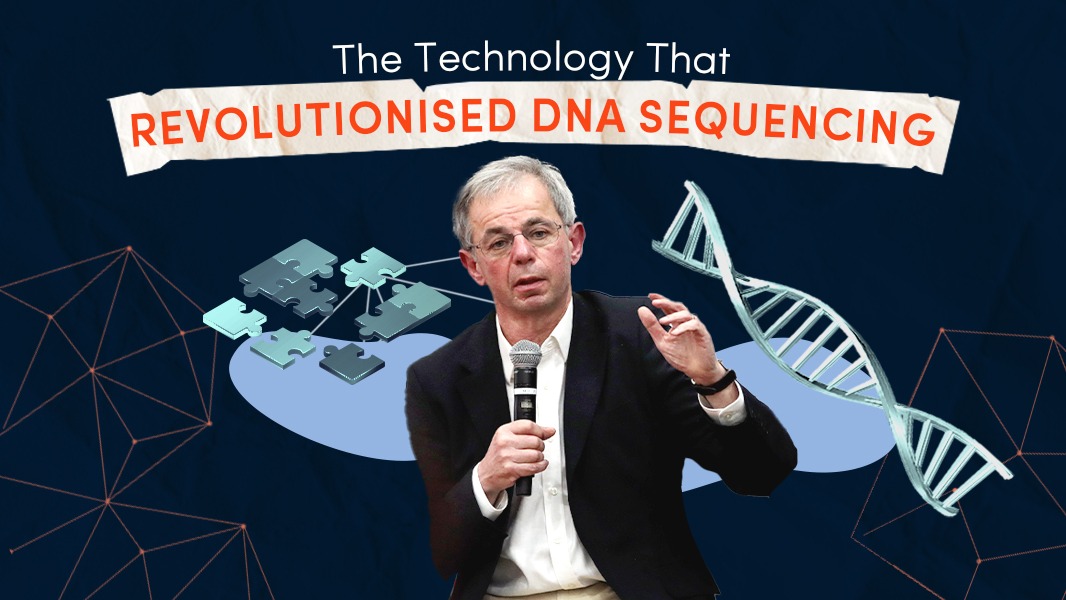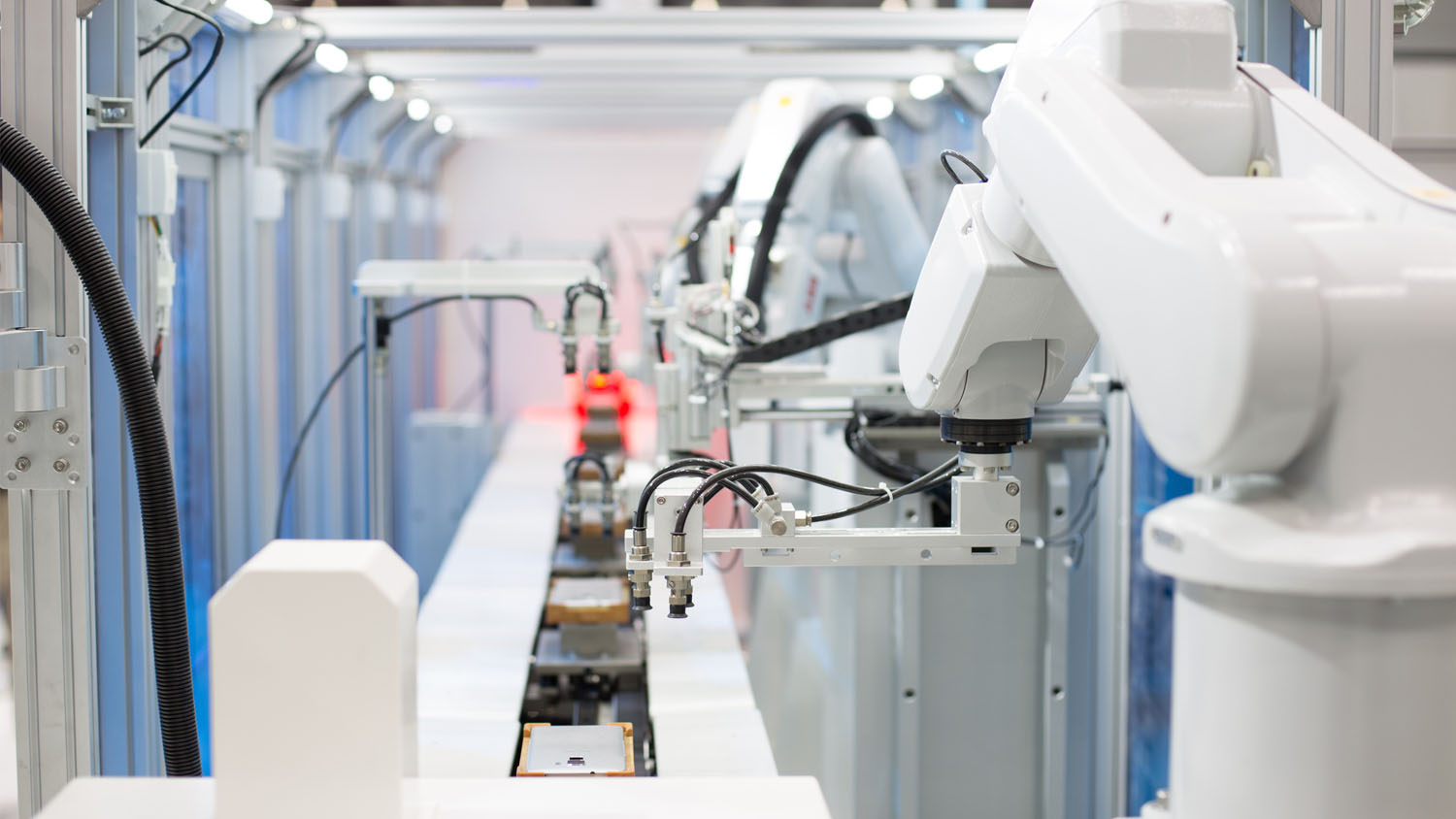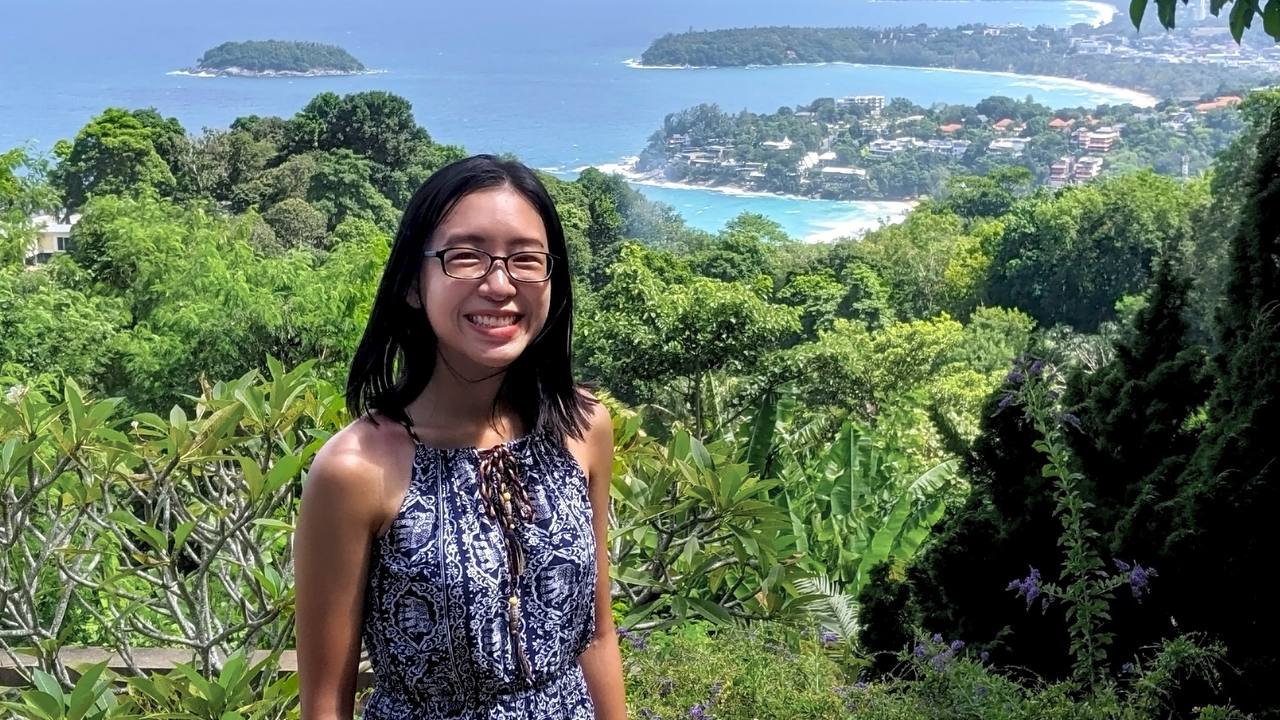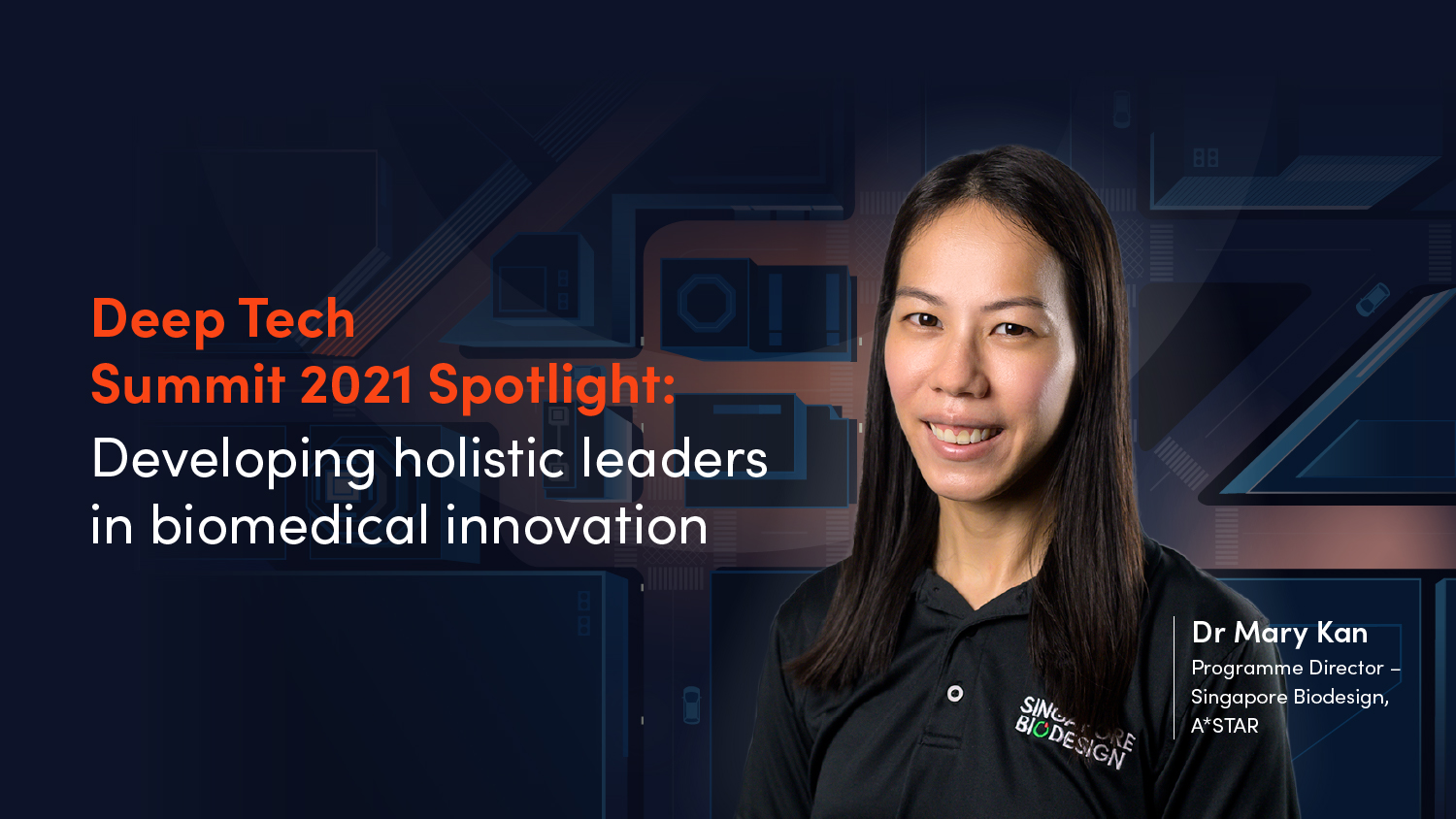The story behind the technology that revolutionised DNA sequencing: Q&A with Prof Sir David Klenerman
Tue, 05/09/2023 - 12:00
Besides doing things faster, better and cheaper, Cambridge scientist Prof Sir David Klenerman, who co-invented a radical DNA sequencing technology, says other key elements are needed to bring a new technology to market.
Discovering a revolutionary way to sequence genetic data in 1997 was just the first step towards commercialising a technology that has made landmark endeavours, like the 100,000 Genomes Project possible. The project, which utilised the fast, accurate, low-cost and scalable sequencing technology, has enabled new diagnoses for people suffering from rare diseases and cancers.
Prof Sir David Klenerman, one of the two scientists behind the breakthrough, recalls numerous other challenges along the way such as raising funds to scale up Solexa, the company he and his partners founded in 1998; patenting their technology; and finding the right talent and C-suite leaders.
Here are some key takeaways from his discussion at the CEO Firestarter Series, moderated by SGInnovate executive director of investments Hsien-Hui Tong:
1. How did you come up with the revolutionary idea to sequence genetic data?
There is a well-known story about how Dr Shankar Balasubramanian and I came up with the idea while drinking beer in a pub. The important thing is not the beer but talking to each other and bouncing off ideas. Neither of us individually could have made Solexa’s technology successful, but collectively we could complement each other.
You need to really know what your core competencies are, what you’re good at and what you’re not. I'm not an engineer, I can’t design the cell. It’s all about identifying what you’re missing and bringing in the good person to do it. We were able to grow Solexa so fast because we had access to increasing amounts of money as we needed it, so we were able to bring in the expertise we needed.
There are other reasons why Solexa’s technology was successful. First, the way we sequence is very close to how nature replicates the DNA, so it's very accurate. The other reason is we were first to market.
Prof Sir David Klenerman at SGInnovate’s Firestarter chat.
2. How did you find the right people to build the company?
We recruited a lot of people from our labs. There weren’t that many startups around Cambridge at that time, so Solexa created an opportunity for lots of talented people to focus on one project.
The quality of the management team was also important in scaling the company. The CEO’s job was to ensure we had enough money to go to the next phase and to think about who was going to buy the product and how we could get to the end of the road.
Dr Balasubramanian and I came up with the initial idea and we were heavily involved in the early stages. We got less involved as Solexa moved towards a commercial product. We got our concept to a stage where we could hand it over to someone else to make it robust and make it work reliably.
3. Can you tell us what you did early on to ensure that the key elements of the company – developing the tech and business strategy – would be successful in the long run?
A key element of our success is that we formed a Scientific Advisory Board (SAB) very early on. The SAB included people who ran the Wellcome Sanger Institute, which eventually sequenced about a third of the human genome. So we had end users from the Institute come regularly to our meetings, to help us make sure we produced something that they actually wanted. That was really important.
We didn't have a business plan. We just presented our idea to venture capital firm Abingworth and said we are going to be a million-fold faster than the current technology. Abingworth didn't know what to do with us. Normally, when people went to them, they had already de-risked their project and gotten their papers and patents. To Abingworth’s credit, they put us through nine months of due diligence. We received millions more in funding over time, and the company grew from two people to 150 people. Within nine years, we went from an idea on a piece of paper to having an instrument that could perform around the level that we expected.
The VC put in very senior people who had previously worked for big pharma as well as in startups. They ensured that we patented very strongly and stopped us from making silly mistakes. They ensured that we brought in high-quality CEOs, Chief Scientific Officers (CSOs) – people who had the ability and were used to managing large numbers of people. That really made a difference.
Executive Director of Investments Mr Tong Hsien Hui led the Firestarter chat with Prof Sir David Klenerman.
4. Can you tell us about a challenge the company faced and how the team overcame it?
At one point, Solexa faced challenges detecting fluorescent tags on single DNA molecules, and it acquired a company in Switzerland. They had developed a way of amplifying one molecule of DNA into clusters of about 1,000 identical molecules. Once we had that ability, we could simplify Solexa’s technology. That was the last piece of the jigsaw that really accelerated the technology.
In 2007, biotechnology firm Illumina acquired our company, took its technology and improved it by several orders of magnitude. Illumina had a microarray technology and wanted to acquire DNA sequencing technology. It was a win-win: we could fast-track to a bigger market, and Illumina could acquire the technology. Illumina got us to where we are today – the dominant sequencing company in the world.
Find out more about SGInnovate’s upcoming networking and community events here.
Trending Posts
- A Guide to Singapore’s Hydrogen Ecosystem
- Walking the tightrope of disclosure to create a robust IP strategy
- Why intellectual property (IP) strategy can mean the difference between life and death for a startup
- Going behind-the-scenes in a MedTech startup for a 6-month internship to create lasting impact
- A Guide to Singapore’s Quantum Ecosystem






